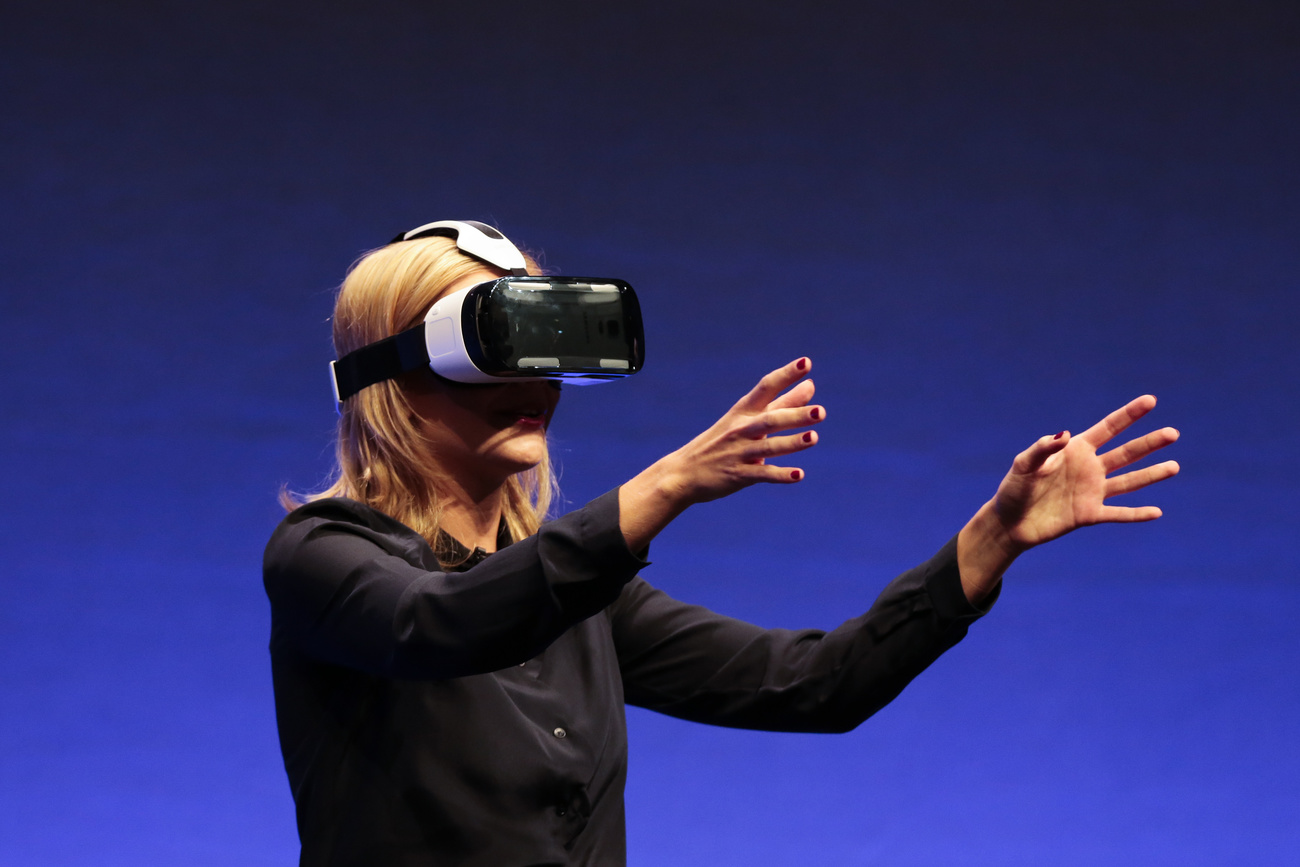Cybersickness in virtual reality: why does it happen and how can it be treated?
Many people get nauseous when using virtual reality (VR) devices. For emerging spaces like the metaverse to succeed, tech companies need to solve this problem. In this video, researchers explain possible solutions.
Developing VR headsets that are so light that users forget they are wearing them and don’t have to worry about getting nauseous while playing a game or walking around in the metaverse – that’s the goal of Piotr Didyk and his research team at the University of Italian-speaking Switzerland (USI).
The main reason for cybersickness is a mismatch between what the viewer sees and what is fed back to the brain via the sense of balance in the inner ear. Other reasons are poor image resolution, too slow frame rates, and latency.
Not everyone reacts to virtual environments in the same way. In order to better understand when and why nausea occurs, the researchers have developed a system that allows test subjects to indicate the degree of their discomfort while riding on a virtual rollercoaster. In addition, a sensor in the VR headset registers their eye movements.






You can find an overview of ongoing debates with our journalists here. Please join us!
If you want to start a conversation about a topic raised in this article or want to report factual errors, email us at english@swissinfo.ch.